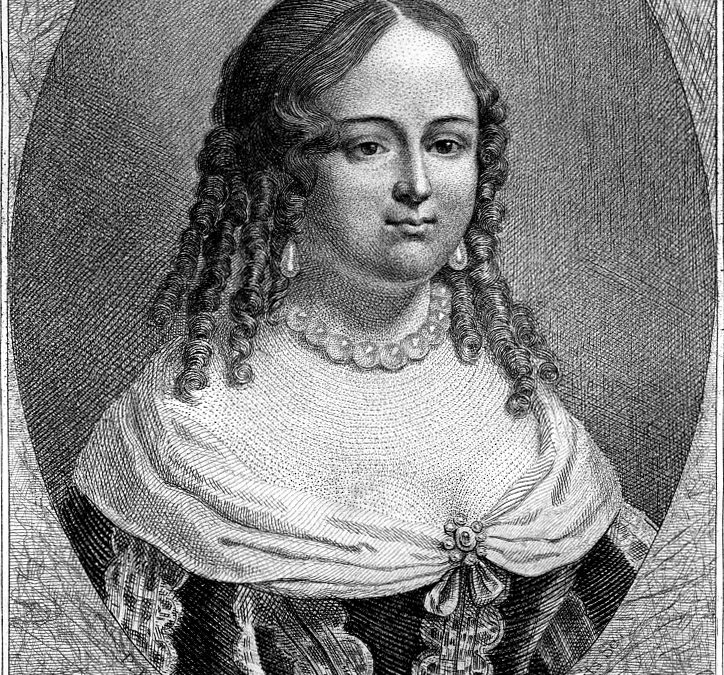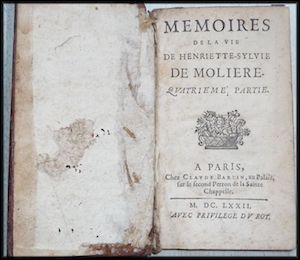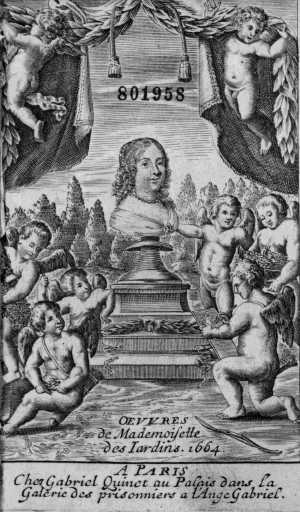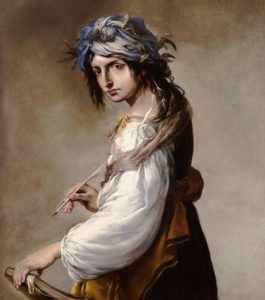Stage Beauty

I just watched “Stage Beauty”—a wonderful movie about the changing world of 17th century theatre in London. I loved it. I believe I’ve found my perfect Petite in the actress Claire Danes.
There are a number of historical shifts and twists, nips and tucks, but all in the service of good drama. Somehow we forgive this in a movie, but wouldn’t in a novel. (Why is that?)
Although the movie captures the spirit of the theatre world of the time (I think), to have been perfectly accurate there would have been dandies with paid seats on the stage. This was distracting then, and it would have been distracting in this movie, as well.
I adored the representations of Nell Gwyn, Charles II (with all his dogs), Peyps. The costuming was terrific. Even though hats were not yet worn, I loved seeing them.
There are interesting differences between French and English theatre of this period, and the relatively late arrival of women on the English stage is one of them; women had long been on the stage in France. In France, male actors who played female roles did so for comic effect. Very different from the beautiful main character of this film.
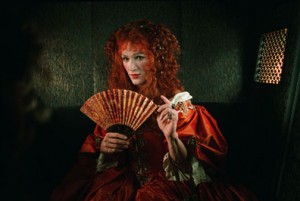
To see the movie trailer: click here. I had the pleasure of buying it on iTunes and watching it on my iPad.

